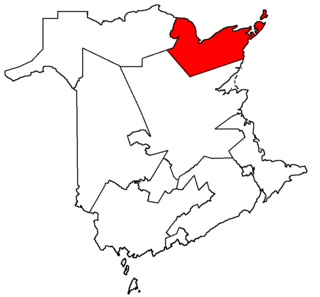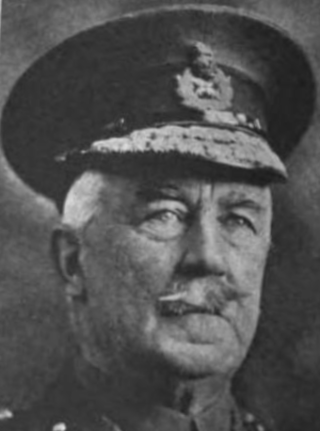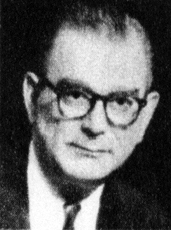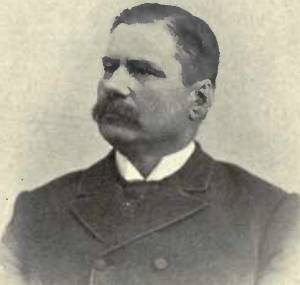
Acadie—Bathurst is a federal electoral district in New Brunswick, Canada, that has been represented in the House of Commons of Canada since 1867.

Central Nova is a federal electoral district in Nova Scotia, Canada that was represented in the House of Commons of Canada from 1968 until 1996. In 1996, Antigonish County and part of Guysborough County were placed with Pictou County in a new electoral boundaries configuration to form the electoral district of Pictou-Antigonish-Guysborough. A new version of Central Nova was established in 2003 and — in conjunction with the Pictou-Antigonish-Guysborough iteration — represented a significant electoral boundaries change with specific reference to Antigonish County. Between 1867 and 1997, Antigonish County was not in a riding that included Pictou County; rather, it comprised either its own electoral district (Antigonish), or part of other districts shared with Eastern Nova Scotia (Antigonish-Guysborough) and Cape Breton Island communities. In 2013, part of Antigonish County was "placed back" with communities in the electoral district of Cape Breton Canso, a riding which had emerged in part from the former Cape Breton Highlands Canso riding in 1996. The current version of Central Nova includes Pictou County, parts of Antigonish and Guysborough Counties and extends into Halifax Regional Municipality.
The Minister of International Trade Diversification was a minister of the Crown position in the Canadian Cabinet who was responsible for the federal government's international trade portfolio.

The president of the Treasury Board is a minister of the Crown in the Canadian Cabinet. The president is the chair of the Treasury Board of Canada and is the minister responsible for the Treasury Board Secretariat, the central agency which is responsible for accounting for the Government of Canada's fiscal operations.
In Canada from 1993 to 2003 and again from 2007 to 2008, secretary of state was a title given to junior ministers of state in the Government of Canada that sat outside Cabinet. Because it was a position that was assigned to assist Cabinet ministers, a secretary of state was legally a minister of state; the distinction is that, unlike a minister, a secretary is not a full cabinet portfolio itself and thus not considered a member of Cabinet. (They were hence considered junior to ministers of state.) The Secretary of State (Training and Youth), for instance, would assist the Minister for Human Resources and Development. This usage is opposite to that in the United Kingdom, where junior ministers generally report to more senior secretaries of state. Secretaries of state were, however, members of the ministry and the Queen's Privy Council for Canada.
The Minister of Public Works was a position in the Cabinet of Canada who oversaw the public works portfolio of the federal government.
The Federal Interlocutor for Métis and Non-Status Indians was a title and role in the Canadian Cabinet that provided a liaison for the federal Canadian government, and its various departments, to Métis and non-status Aboriginal peoples, and other off-reserve Aboriginal groups.
Raymond C. "Ray" Bonin is a former Canadian politician. He was a Liberal member of the House of Commons of Canada, representing the riding of Nickel Belt, from 1993 to 2008. Prior to entering politics, he was a teacher at Sudbury's Cambrian College. He was also chairman of the French Catholic school board from 1976 to 1985, and was a city councillor from 1988 to 1991.
Barbara Jane Sparrow is a retired Canadian politician.

Oshawa is a federal electoral district in Ontario, Canada, that is represented in the House of Commons of Canada. It currently consists of the City of Oshawa south of Taunton Road. Historically, the riding was dominated by a working-class electorate.

Durham is a federal electoral district in Ontario, Canada, that has been represented in the House of Commons of Canada from 1904 to 1968 and since 1988.
Dick Proctor is a Canadian political activist, former New Democratic Party (NDP) Member of Parliament, and a former journalist.

Henry Horton Miller was a Canadian politician.

Joyce Murray is a Canadian politician who has represented the riding of Vancouver Quadra in the House of Commons as a member of the Liberal Party since 2008. She was re-elected in the 41st, 42nd, 43rd, and 44th federal elections. Murray was appointed as President of the Treasury Board and Minister of Digital Government on March 18, 2019. She was re-appointed as Minister of Digital Government following the 2019 election. In 2021, she was appointed Minister of Fisheries, Oceans and the Canadian Coast Guard, a position she held until July 2023.

Hugh Havelock McLean was a Canadian soldier, politician, and the 17th Lieutenant Governor of New Brunswick from 1928 to 1935.

Albert DeBurgo "Burke" McPhillips was a Canadian politician. McPhillips was a Progressive Conservative party member of the House of Commons of Canada. He was a barrister and solicitor by career.

Joseph Gauthier was a farmer, grain merchant and political figure in Quebec. He represented L'Assomption in the House of Commons of Canada from 1887 to 1892 and from 1896 to 1900 as a Liberal.

The minister of Sport and Physical Activity is a Government of Canada cabinet minister responsible for Sport Canada, who typically assists the minister of Canadian Heritage.

The following is a timeline of the Premiership of John A. Macdonald, who served as the first Prime Minister of Canada from July 1, 1867 to November 5, 1873 and again from October 17, 1878 to June 6, 1891.
Candidates for the Bloc Québécois took part in all 78 of Quebec's electoral districts in the 2019 Canadian federal election. 32 candidates won their seat, an increase from 10 in the 2015 election, and gave Yves-François Blanchet's party the third most seats in the new House of Commons.













